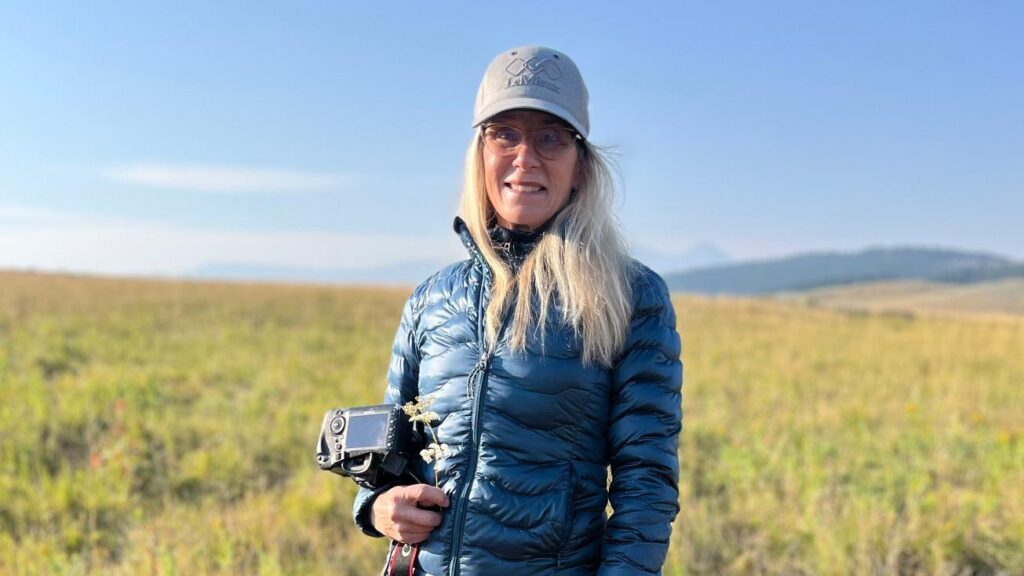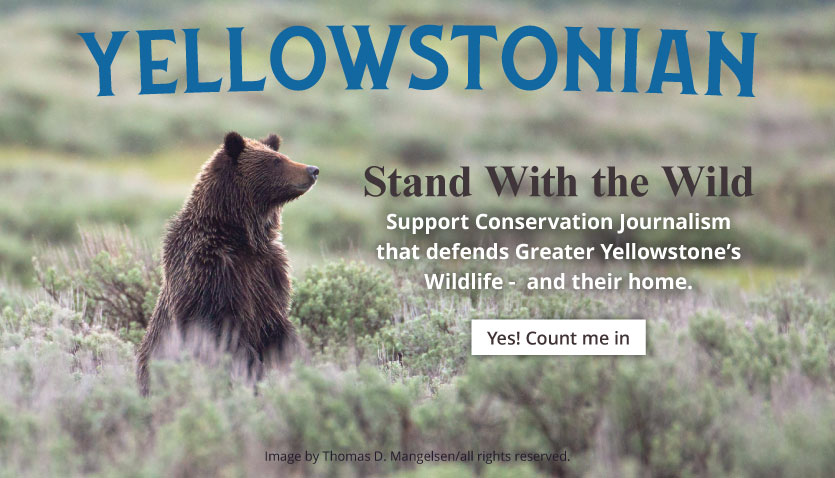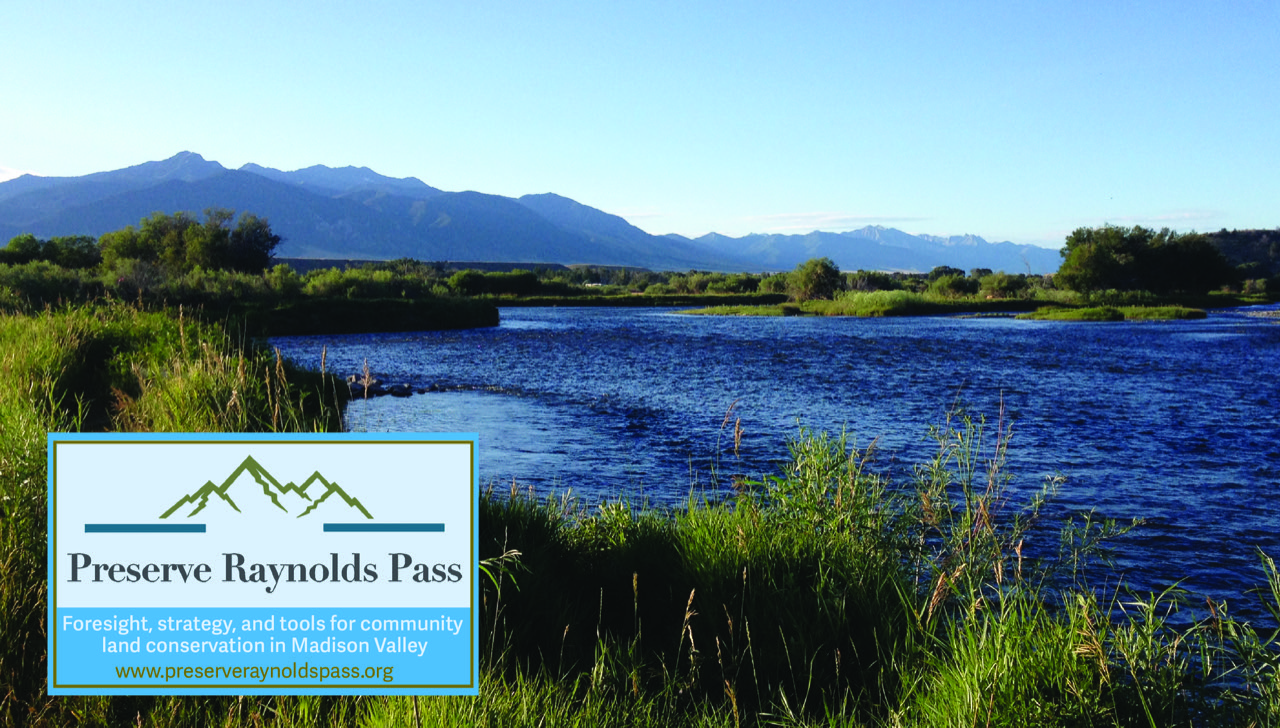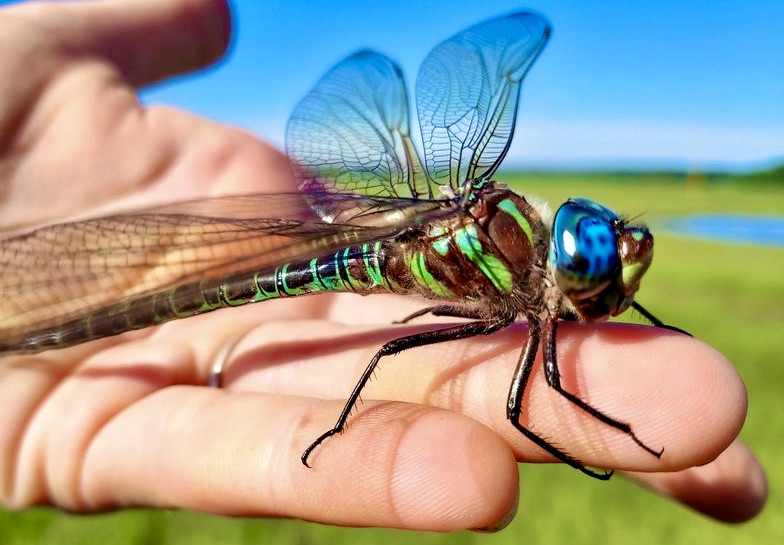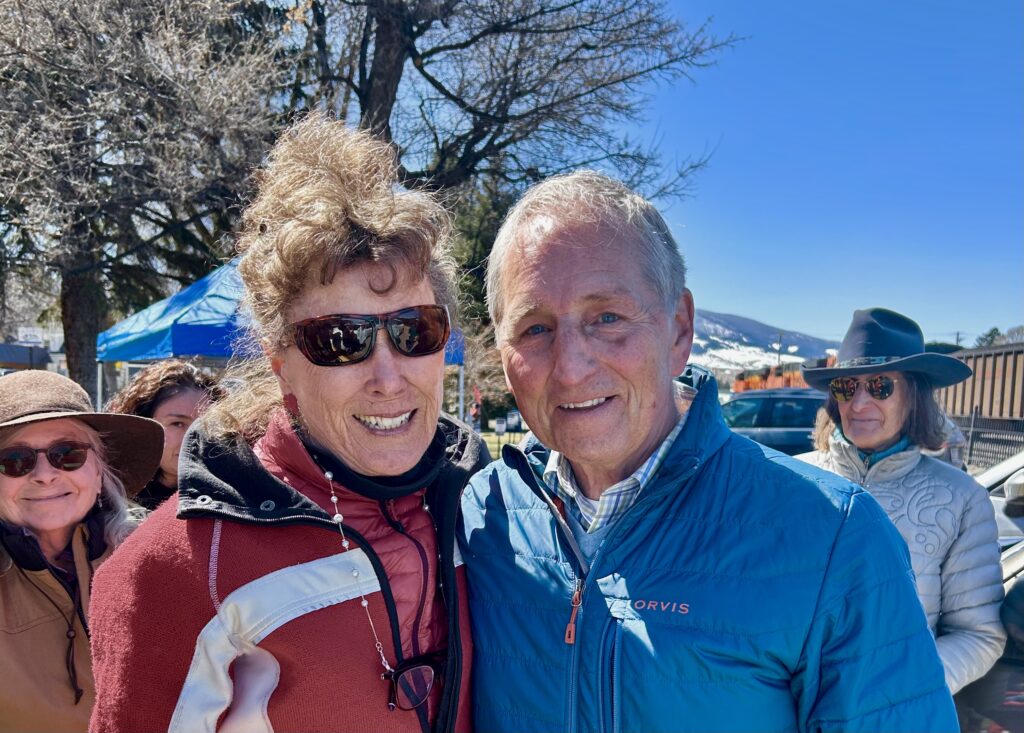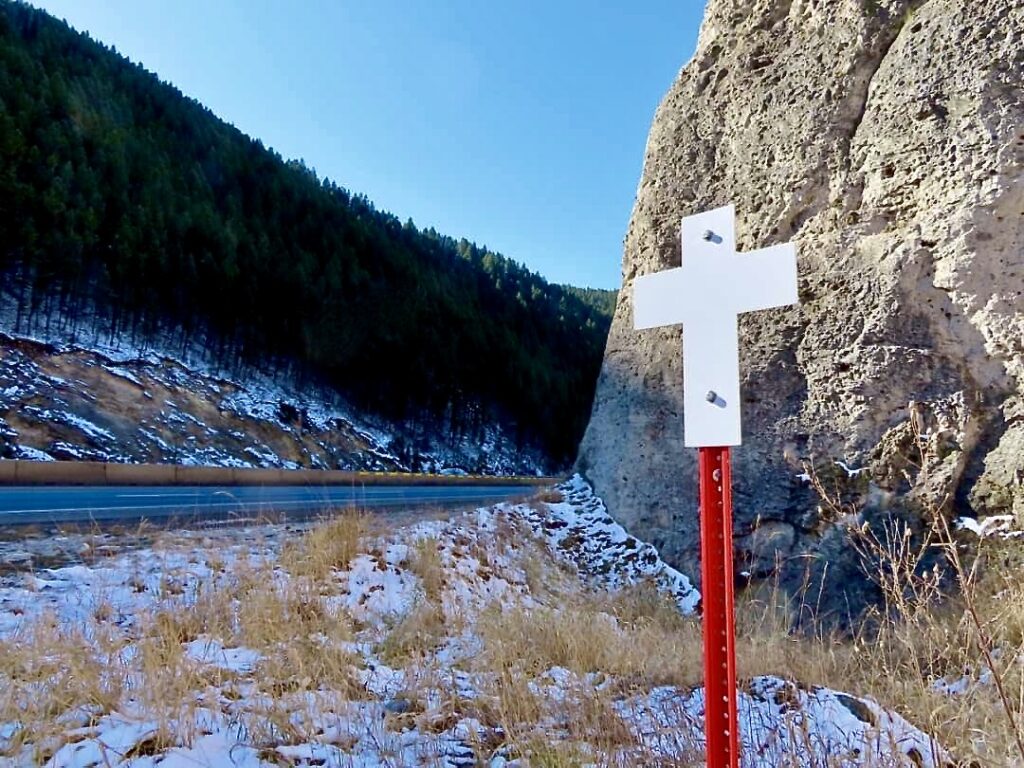by Yellowstonian
From sea to shining sea, and in the intermountain American West from Whitefish, Montana up near the US-Canada border southward to the Black Range of New Mexico where Aldo Leopold worked as a young US Forest Service ranger a century ago, we are rapidly turning wild valleys into permanent human anthills.
What is the cost being exacted on nature?
Nowhere is there more at stake for America’s still-pulsing national wildlife heritage—for which every citizen is a shareholder—than in the ecosystem encompassing Yellowstone National Park. As a point for pilgrimage, Yellowstone ranks high on the list of destinations people worldwide hope to visit at least once in their lifetimes. And, as Yellowtonian has pointed out repeatedly, Greater Yellowstone, because of its rare, still-intact diversity of large and iconic, free-ranging wildlife is considered “a mini-American Serengeti.”
Yet in Bozeman and the surrounding Gallatin Valley—the ecosystem’s busiest human gateway—unchecked rural sprawl is rapidly destroying the ability of the region’s remnant wildlife to move safely across the landscape. If this trend continues, scientists note, navigational routes for these species, that have been present for 10,000 years, will be permanently lost, owed to the lack of ecologically-minded land use planning.
For those who can’t attend in person, it will be live-streamed and available to anyone on their computers or cell phones who pre-register on the Zoom link below
Throw in the unbridled real-estate boomtown mentality of nearby Big Sky, the spillover effects of Bozeman on rural Madison and Park counties, and deepening growing pains in Jackson Hole with its tentacles of sprawl reaching into Teton Valley, Idaho and valleys to the south, and two large questions loom: Given the current trajectory, what are these places going to look like in just another decade or two? And, are elected officials, public land managers and even conservation organizations who are well aware of the problems willing to step forward and foster foresighted discussions that otherwise aren’t happening?
Here is the undeniable truth: the loss of habitat occurring on private lands in Greater Yellowstone is the single largest immediate threat to the region’s unrivaled and priceless wildlife on public lands.
Yellowstonian and Gallatin Valley Earth Day are hosting an evening forum that will be of relevance not only to mountain valleys in Greater Yellowstone and the Rockies but to any community struggling to protect the nature of place that makes it special. This includes the fabric of rural human culture.Journalist and Yellowstonian co-founder Todd Wilkinson has enlisted five experts who will join him on stage Wednesday April 9 at Museum of the Rockies in Bozeman, Montana. The free public evening starts at 7 pm. For those who can’t attend in person, it will be live-streamed and available to anyone on their computers or cell phones who pre-register at this Zoom link. In addition, viewers can watch it via the Yellowstonian and Gallatin Valley Earth Day Facebook pages.
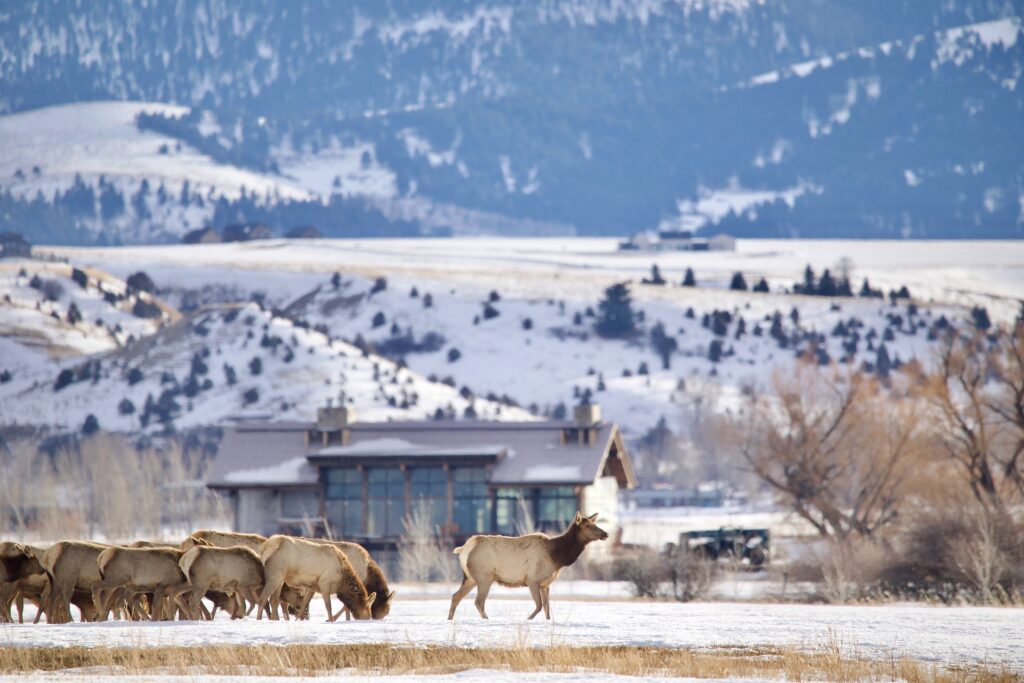
The panel discussion features Eric Ruark, a director of research and sustainability at NumbersUSA, Chet Work who oversees the Gallatin Valley Land Trust; Deb Davidson with the Center for Large Landscape Conservation best known for its work nationally in designing wildlife crossings across highways; Cindy Riegel, a scientist and former chair of the Teton County, Idaho Commission; and Randy Carpenter, a professional planner who oversees Friends of Park County, dealing with growth issues in famous wildlife-rich Paradise Valley located between Yellowstone National Park and Livingston, Montana.
The evening comes just a few months after an unprecedented assessment of sprawl was published by NumbersUSA, in an analysis titled Greater Yellowstone—An Ecosystem At Risk: Unending Population and Development Threaten the Greater Yellowstone Ecosystem. You can download the executive summary and full document written by scientist Leon Kolankiewicz, which includes a foreword by conservation journalist Wilkinson by clicking here. This document and a series of stories about sprawl appearing at Yellowstonian have been a catalyst for new efforts touting the urge need for coordinated planning and zoning—focused on wildlife habitat protection and keeping farmers and ranchers on the land— in nearly half of Greater Yellowtone’s 20 counties.
The miracle of Greater Yellowstone is not only that it is home and has been pivotal to the protection of the following species, but all of these animals are still able to move because the landscape is not fragmented and quality habitat remains—unlike in 95 percent of the rest of the Lower 48: grizzly and black bears, wolves, wolverines, elk, bison, bighorn sheep, famous native wild trout, mountain lions, pronghorn, mule deer, moose, white-tailed deer, coyotes, trumpeter swans, Canada lynx, bald eagles, osprey, peregrine falcons and hundreds of other native mammal, bird, amphibian, reptile, pollinators and plant species present 500 years ago.
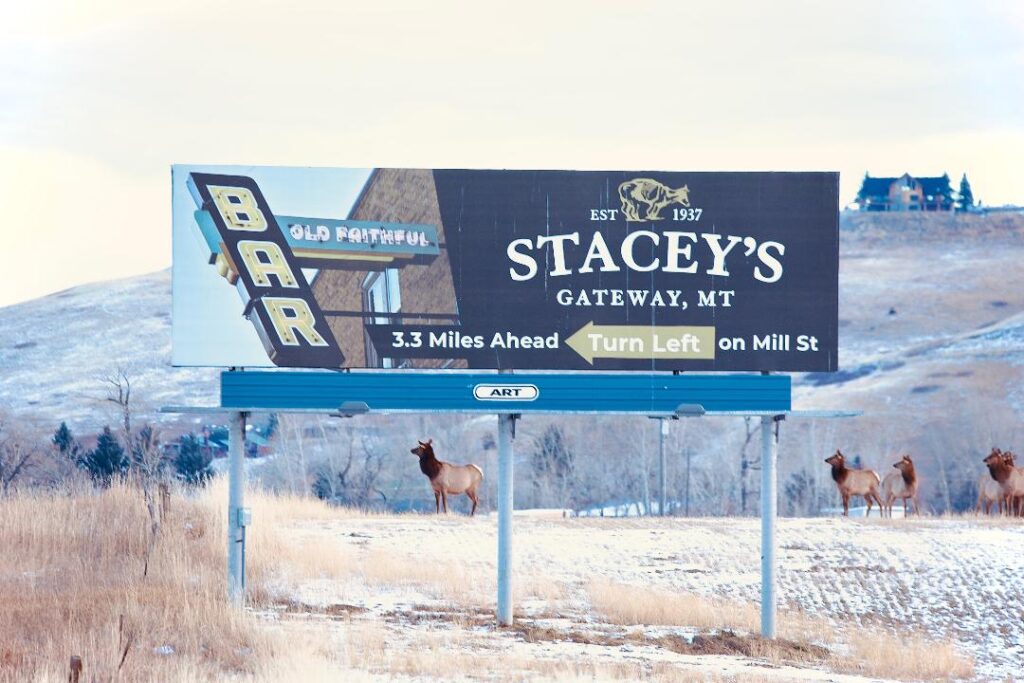
Work, the executive director of Gallatin Valley Land Trust, noted at a public event not long ago that for every acre being protected through conservation easements, two acres are being lost to development; that’s on top of a development footprint that is entombing wildlife habitat, open and some of the best crop-growing soils in the state in blanket of concrete, asphalt and steel. Davidson notes that while wildlife overpasses and underpasses can provide connectivity for wildlife, and reduce the number of vehicle accidents and roadkills, also essential is providing quality habitat on both sides of roadways so that wildlife crossings don’t become bridges to nowhere.
Riegel believes a true cohesive strategy dedicated to protecting the essence of local communities and the region’s unrivaled wildlife is long overdue. Riegel is founding a new organization that will provide a macro-perspective for what’s at stake and provide tools communities can use to make better decisions, which do not exact harsh consequences for wildlife, water, and citizens who often are unknowingly paying to subsidize poorly-planned development. “We want local governments to be more responsive to community values,” Riegel says. “Polling overwhelming shows that citizens throughout the Rocky Mountain West are concerned about growth’s impacts on their way life and wildlife that is a reflection of the character of the places they love.”
Ruark grew up in a small town rimming Chesapeake Bay, a magnificent natural ecosystem transformed by sprawl, water pollution and over-harvest of oysters by commercial exploiters. One of the topics Ruark will discuss—and one featured in the critically-acclaimed book, Billionaire Wilderness by scholar Justin Farrell—is how Greater Yellowstone and its challenges of exurban sprawl are being exacerbated by what demographers call upwardly-mobile “lifestyle pilgrims” re-locating in mass into the region as part of a tidal wave of intra-migration.
“Polling overwhelmingly shows that residents throughout the Rocky Mountain West are concerned about growth’s impacts on the rural and natural characteristics of the places they love.”
“People of enormous wealth and means are either leaving other areas of the country and heading to Greater Yellowstone or building trophy vacation homes there and they are exacting a disproportionately larger impact on wildlife, water resources, and heightening the danger of property being lost to wildfires,” he says. “In addition, the costs of sprawl are being imposed upon communities and citizens who are not happy with seeing their towns transformed or they can’t afford to live in the places where they were born.” He adds that this phenomenon is widespread, particularly in the Rocky Mountain West.
Carpenter, meanwhile, in 2017 predicted that, at conservative growth rates, Bozeman/Gallatin County would reach a Salt Lake City proper-sized population in less than a human generation and become Minneapolis-sized in the 2060s. This was before the arrival of Covid, which accelerated the growth rate. He says that in the next two decades Greater Yellowstone will add another 100,000 homes on its private lands; that’s equivalent to adding a city the size of Boulder, Colorado, with much of that development, in the absence of sound planning and zoning, being located in rural areas that will impair wildlife, stretch the water supply and cause the costs of providing services in counties to swell—with the burden placed on taxpayers.
As special treat, Gallatin Gateway, Montana nature photographer Holly Pippel will be streaming images she has taken of wildlife in Gallatin Valley over the last half decade and it will help crystalize the kinds of challenges animals face in navigating sprawl. Doors open at Museum of the Rockies at 6 pm on Wednesday, April 9 and several conservation organizations in southwest Montana will have tables providing information about their good work. It is an ideal way to inaugurate Earth Day Month.
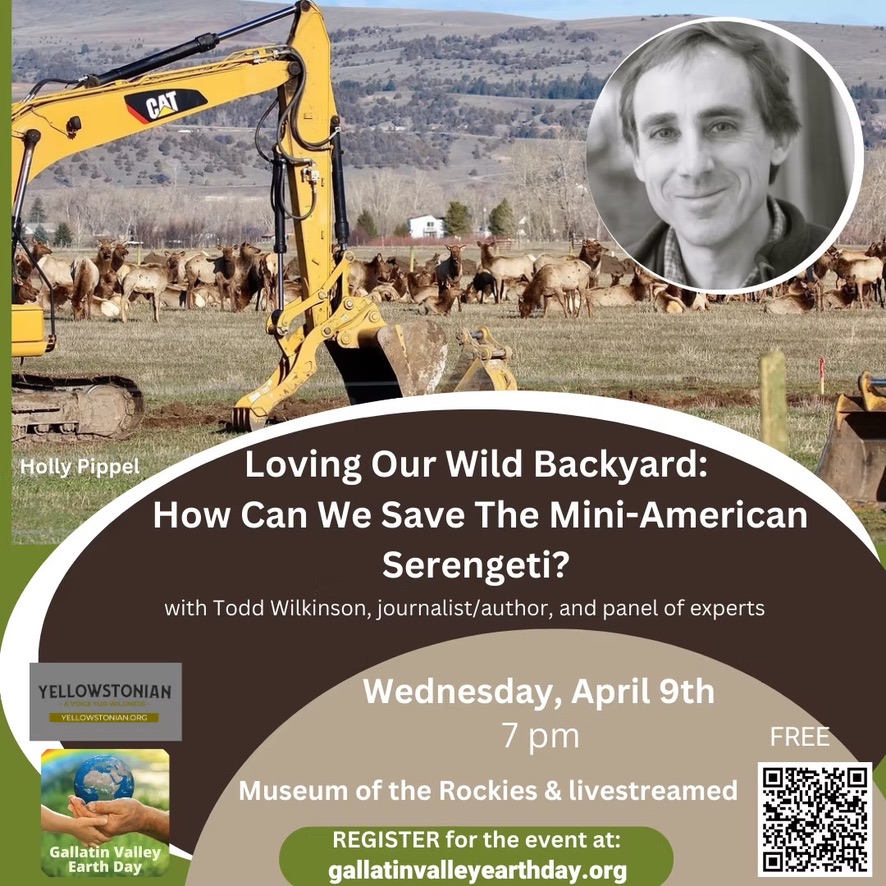
The Panelists
Host Todd Wilkinson has been a journalist for 40 years. He has been a contributor to National Geographic, The Guardian, Christian Science Monitor and numerous other publications as well as giving hundreds of talks and lectures on environmental issues in the US. He is co-founder of Yellowstonian (yellowstonian.org), a non-profit, public interest journalism site devoted to exploring issues shaping America’s most iconic wildlife ecosystem and wildlands across the West. He is author of several critically-acclaimed books on topics ranging from Ted Turner and scientific whistleblowers to famous Jackson Hole Grizzly Mother 399 (with images from photographer Thomas D. Mangelsen) and numerous other books, including on topics of fine art. He is currently working on a book about wild cat conservation featuring the work of Panthera, the global leader in preserving 40 different species of felids, founded by Dr. Thomas Kaplan and the late legendary conservation biologist Dr. Alan Rabinowitz. Todd lives in Bozeman but first came West years ago to take a newspaper job in Jackson Hole after working as a violent crime reporter for the City News Bureau of Chicago.
About Eric Ruark
Eric Ruark is a national expert on how lifestyle migration from one part of the country to another, (i.e. wealthy folk choosing a place for lifestyle decisions), results in bigger sprawl impacts. Eric is the Director of Research and Sustainability, and Director of Public Relations for NumbersUSA. He has worked on immigration policy since 2008. He has a BA and an MA in History from Virginia Commonwealth University and completed his comprehensive PhD exams in 20th Century European History, with a concentration in the history of science, technology, and the environment at the University of Maryland. Eric has researched and published extensively on U.S. immigration policy, and his work has been cited in national and international media reports. He has testified before the Senate. Eric understands the importance of maintaining healthy ecosystems and the problems that happen when they unravel. He grew up along Chesapeake Bay.
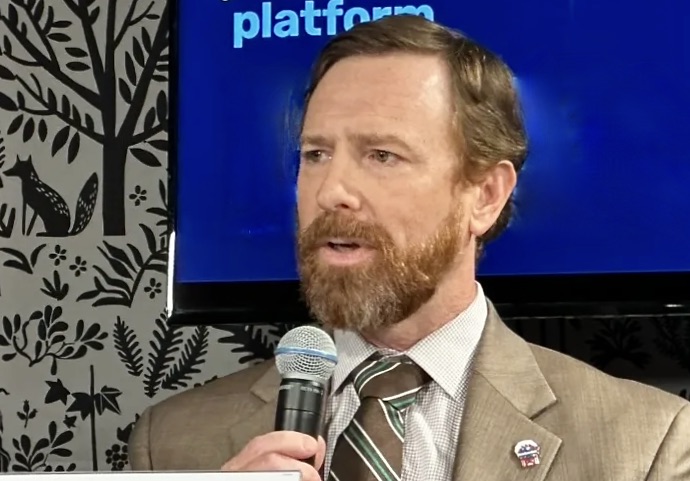
About Deb Kmon Davidson
As Chief Strategy Officer at the Center for Large Landscape Conservation, which is internationally known and based in Bozeman, Deb Kmon Davidson directs program development, fundraising, external relationships, and partnerships to advance the organization’s connectivity conservation programs. Her work in conservation for more than 20 years has largely focused on the protection of wildlife corridors and large landscapes, with a specialty in network development, connectivity policy, and science in western North America. The Center for Large Landscape Conservation is a global leader in the new movement to preserve or restore ecological connectivity by erecting wildlife bridges (overpasses and underpasses) across major highways.
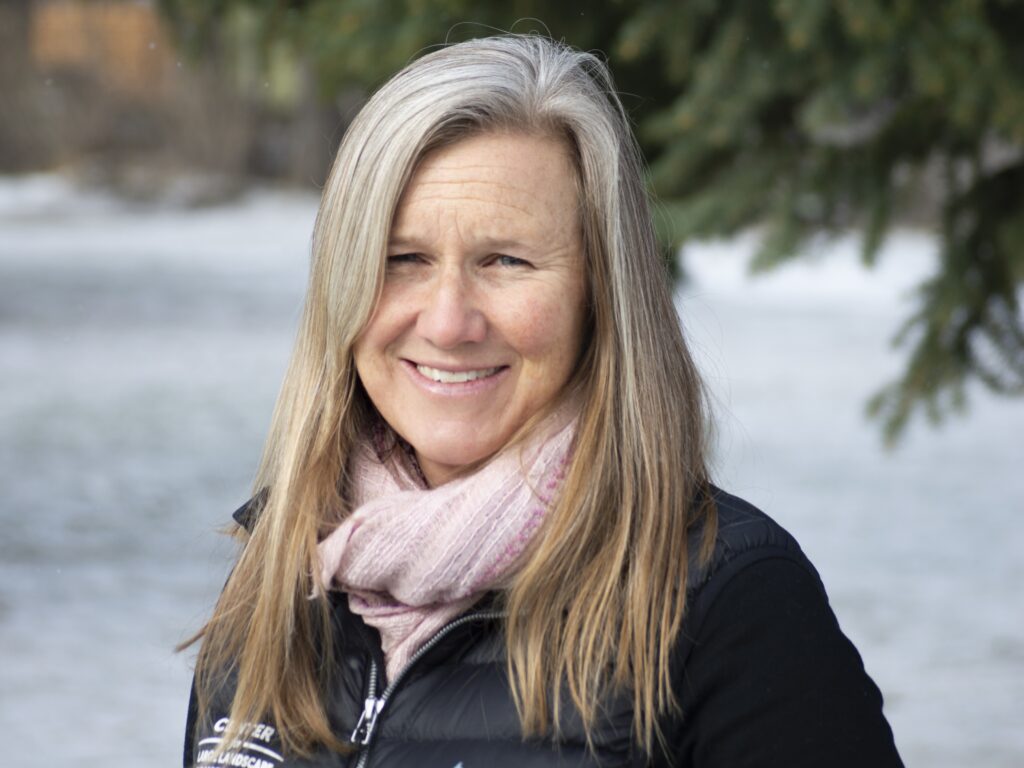
About Chet Work
Chet Work is the Executive Director for Gallatin Valley Land Trust. He has spent the last 25 years working in conservation, a majority of that time within the Greater Yellowstone Ecosystem. Chet has served in leadership roles for the Nature Conservancy and the Teton Regional Land Trust in Driggs, Idaho prior to joining GVLT. Chet has been with GVLT for the last 5 years and has grown the organization’s ability to help local landowners conserve their land and to help our community acquire parks and trails. Critical growth for GVLT has been the opening of an office in Livingston, Montana and increasing GVLT’s ability to leverage federal funding for local conservation.
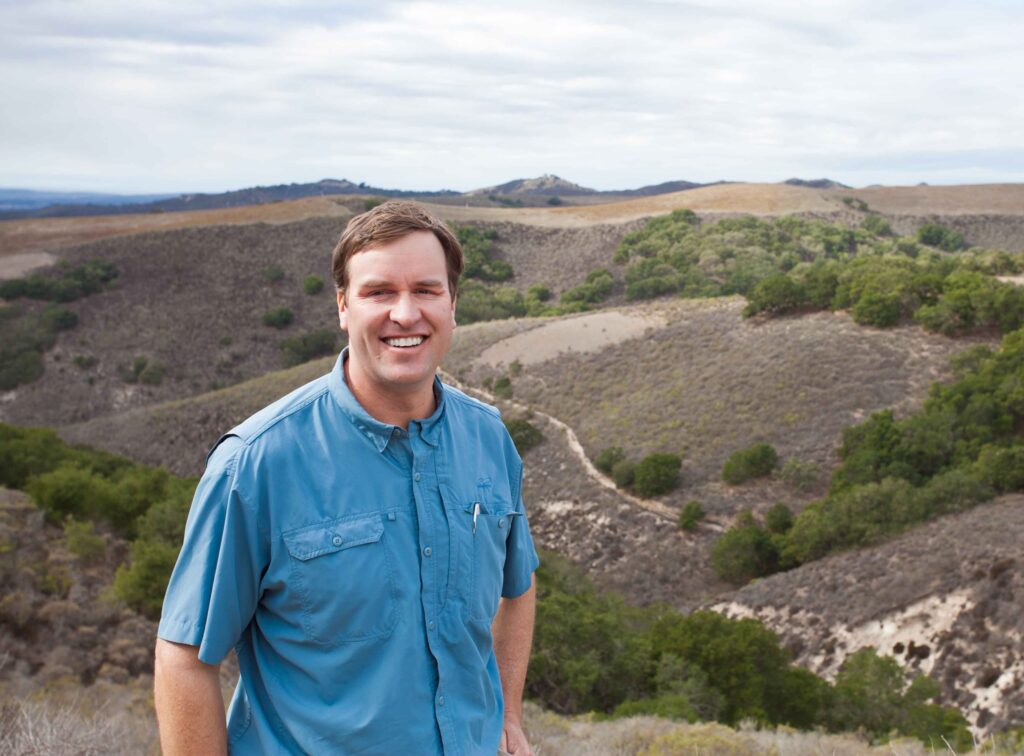
About Cindy Riegel
Cindy Riegel has dedicated her career to integrating science, policy, and political action to achieve conservation results. From reintroducing peregrine falcons on a remote mountain near Lander, Wyoming in the early 1990s to a 10-year stint as an elected official for Teton County, Idaho, Cindy has weathered many storms while working to preserve the Greater Yellowstone Ecosystem (GYE). Cindy’s knowledge and experience with local land use planning has inspired her to start a collaborative movement that highlights the critical role local communities, organizations, and elected officials play in safeguarding the natural and cultural heritage of the GYE.
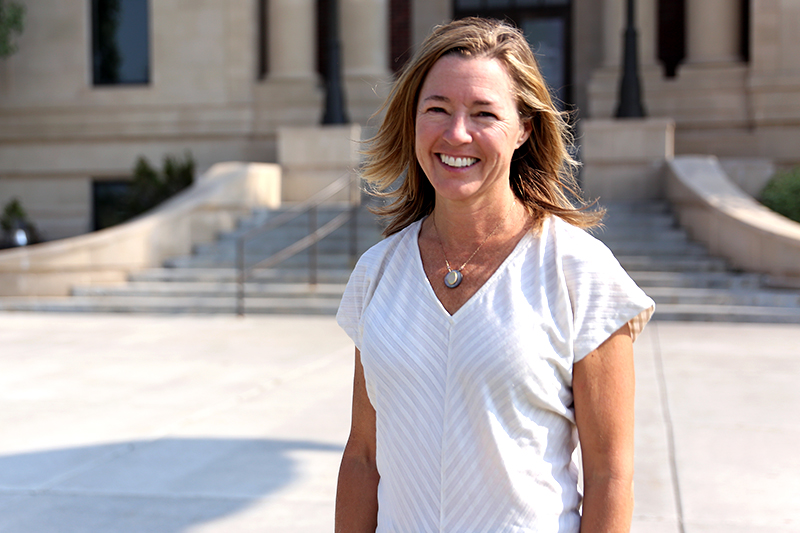
About Randy Carpenter
Randy Carpenter specializes in thinking about planning focused on the intersection of human communities and landscapes with exceedingly high ecological values vulnerable to development pressure. He is now Executive Director of Friends of Park County, a non-profit organization in Livingston, Montana dedicated to helping Park County and Livingston develop smart, informed land use policies that protect the integrity of the wildlife habitat and water resources of Park County. Park County is the historic landscape gateway to the front doorstep of Yellowstone National Park. Over the years, Randy has had a career working with leaders in the Northern Rockies, helping them understand the challenges that come with growth and change, and tailoring locally based solutions to address those challenges. He was earlier a community planner in Iowa, followed by 13 years with the Sonoran Institute’s Northern Rockies Program. He also served as a Project Director for Future West from 2014 to 2022, providing information and assistance to fast-growing counties and cities in the Greater Yellowstone Ecosystem and beyond. Just prior to taking the job with Friends of Park County, he served as Executive Director of Headwaters Community Housing Trust in Bozeman.
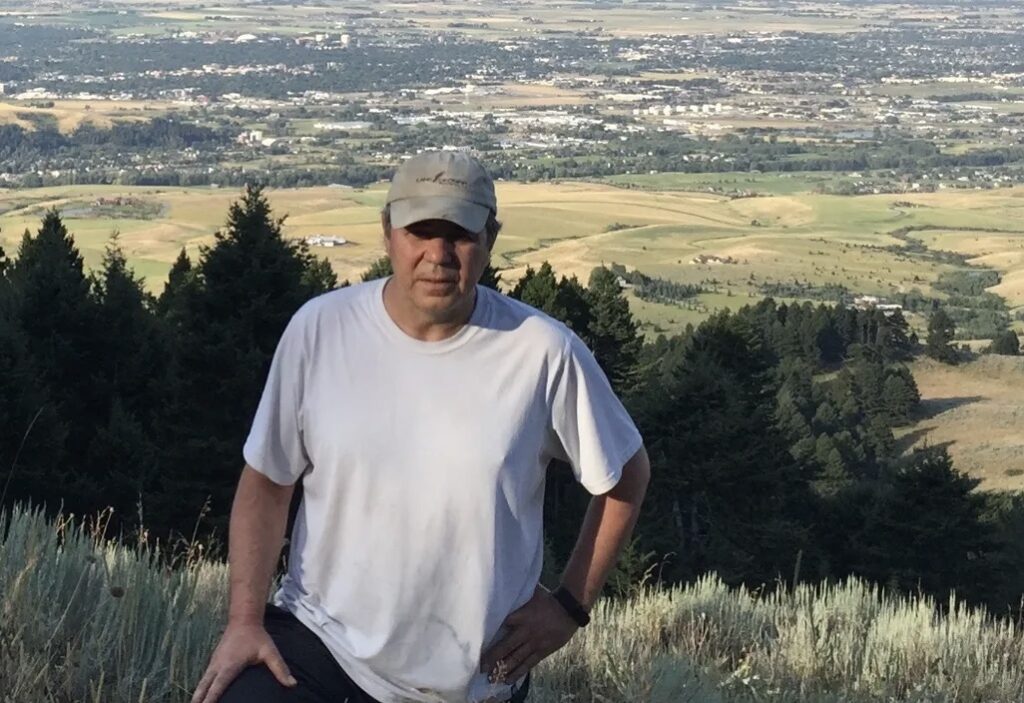
About Gallatin Valley Earth Day and Anne Ready
Read our interview with Anne Ready, coordinator of the Gallatin Valley Earth Day lecture series and who, together with colleagues and organizational partners, planning the 2025 Earth Day Festival in Bozeman.
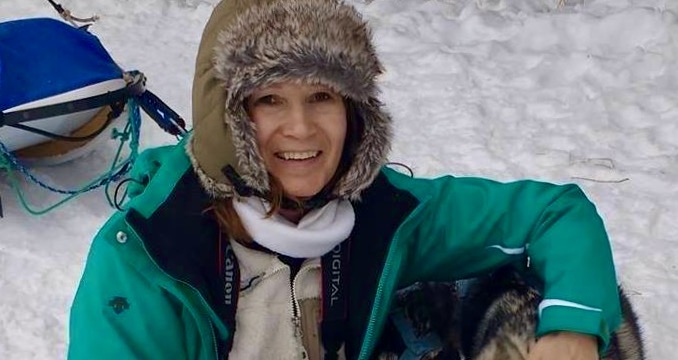
About Holly Pippel
As a nature photographer, Holly Pippel has been an eye-witness to both the beauty of the southern Gallatin Valley and the profound changes that are transforming it. In recent years her imagery has been jaw-dropping, reminding viewers what’s at stake for the amazing array of wildlife and the negative consequences of thoughtless development on animals, open space and rural identify. A selection of Pippel’s portfolio will be airing on screen at Museum of the Rockies’ Hagar Auditorium in advance of the event on April 9 at 7 pm. Plan to arrive early. In addition to her passion for being behind the lens, Pippel is a lifelong equestrian who came to Montana decades ago to oversee the riding horses on Ted Turner’s Flying D Ranch southwest of Bozeman. She also has worked as a Realtor and, when she has time, is a contributing columnist to Yellowstonian. Pippel makes her home in Gallatin Gateway, Montana.
